Maximum power: 440W--450W
Module conversion efficiency can reach 19.98%
Number of cells: 72cells
The development of solar panels has gone through three stages. The first stage is based on silicon wafers; the second stage is solar cells based on thin-film materials; the third stage is still in concept and simple research experiments. In the first stage, the technology and development of solar silicon bulk panels have matured so far, but the purity of monocrystalline silicon is too high so the production cost is too high. People do not hesitate to sacrifice the cell conversion rate to develop the second stage of the thin-film solar energy Battery. In solar panels based on thin-film materials, thin-film technology requires much less material than crystalline silicon solar cells, and it is easy to realize the production of large-area cells, which can effectively reduce costs. Thin-film batteries mainly include amorphous silicon thin film batteries, polysilicon thin-film batteries, cadmium telluride, and copper indium selenide thin-film batteries, among which polycrystalline silicon is the best material for solar cells.
So far, solar cells can also be divided into three categories: crystalline silicon, amorphous silicon panels, and multi-compound solar panels. Crystalline silicon solar panels are mainly divided into polycrystalline silicon solar cells and monocrystalline silicon solar cells. Amorphous silicon panels are thin-film solar cells and organic solar cells. Multi-compound solar cells refer to solar cells that are not made of single-element semiconductor materials. At present, there are many varieties of research in various countries, most of which have not been industrialized, mainly including the following: cadmium sulfide solar cells, gallium arsenide solar cells, copper indium selenide solar cells. At present, crystalline silicon material is the most important photovoltaic material, its market share is more than 90%, and it will still be the mainstream material of solar cells for a long period of time in the future.
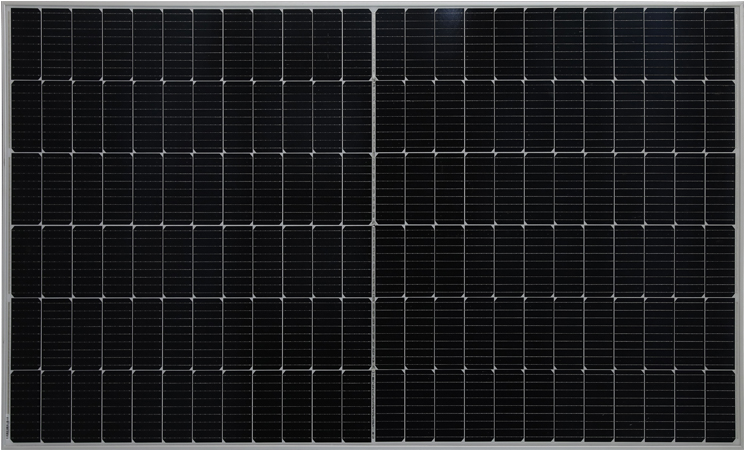
Maximum power: 440W--450W
Module conversion efficiency can reach 19.98%
Number of cells: 72cells
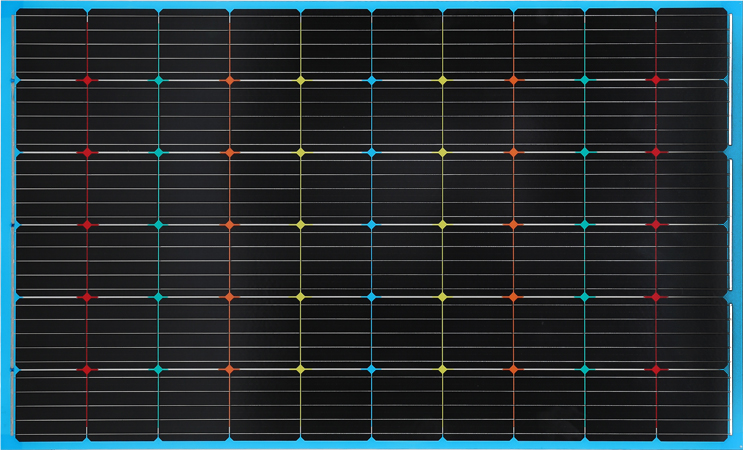
Maximum system voltage: 1500V
Maximum system current: 15-16A
Tolerance range: 0~5W

Maximum system voltage: 1500V
Maximum system current: 15-16A
Tolerance range: 0~5W

Maximum system voltage: 1500V
Maximum system current: 15-16A
Tolerance range: 0~5W
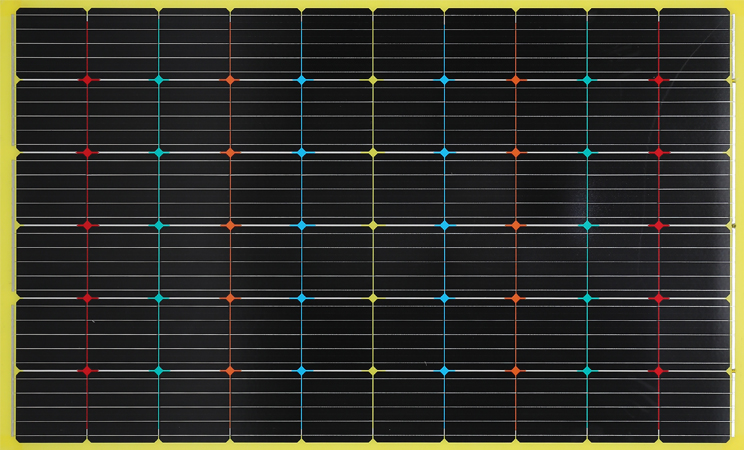
Maximum system voltage: 1500V
Maximum system current: 15-16A
Tolerance range: 0~5W
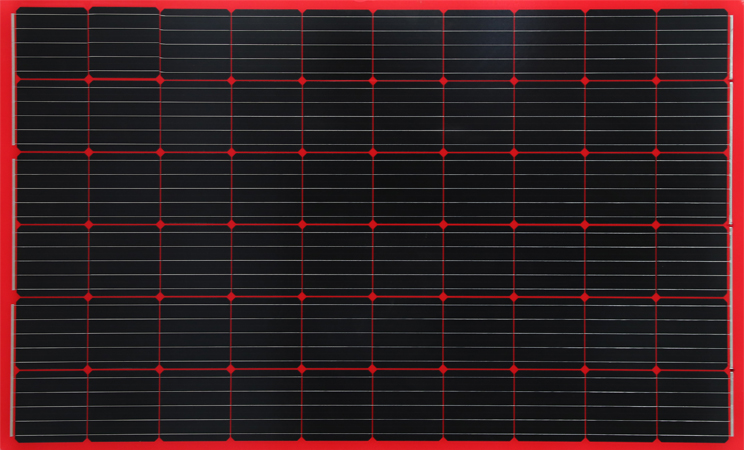
Maximum system voltage: 1500V
Maximum system current: 15-16A
Tolerance range: 0~5W
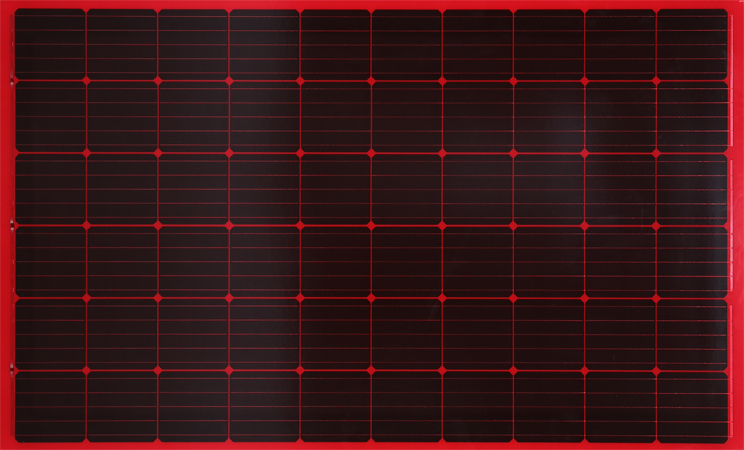
Maximum system voltage: 1500V
Maximum system current: 15-16A
Tolerance range: 0~5W

Maximum system voltage: 1500V
Maximum system current: 15-16A
Tolerance range: 0~5W